Whale Is on the Menu at This High-End Steakhouse in Reykjavik
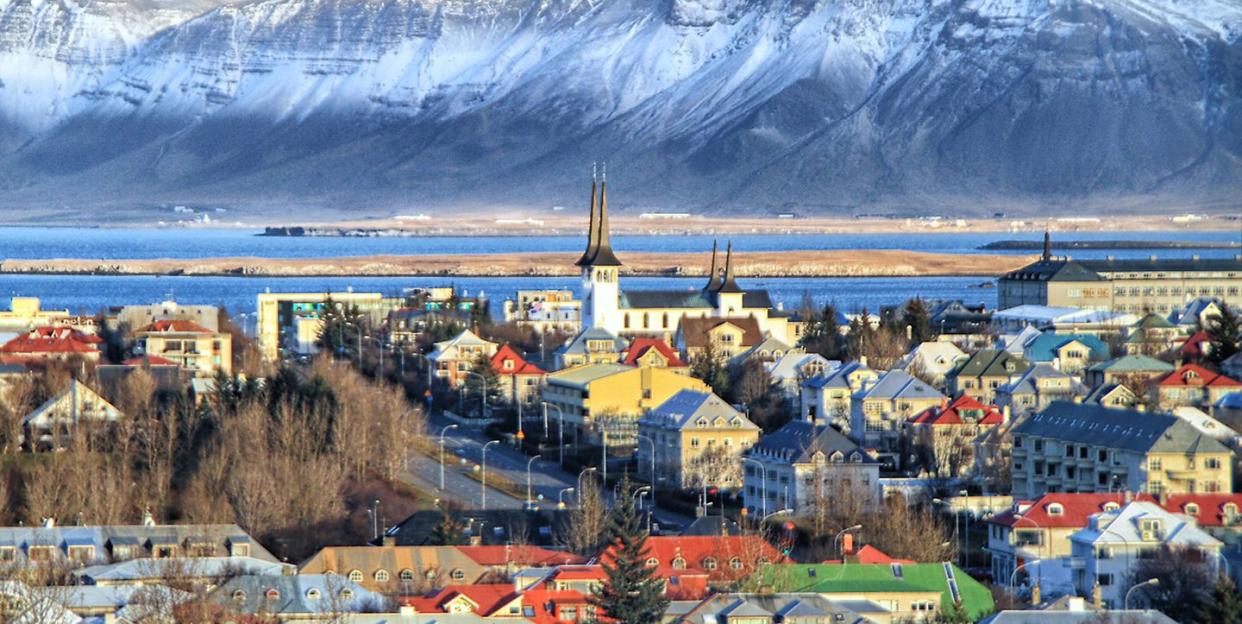
"Hearst Magazines and Yahoo may earn commission or revenue on some items through the links below."

The Rock Village neighborhood, known locally as Grjótatorpie, is the oldest in Iceland’s capital. This handful of houses were originally made of stone, then replaced with Danish timber in the late-1800s and eventually the colorful corrugated iron we see strolling through today.
After a fire in 1915 burnt down 20 percent of Reykjavik, timber homes were banned, and corrugated iron became the design of choice. A perfect protector from the harsh wind and rain that sweeps through the city, it’s also easy to change the shade of the iron. Bright yellows, deep reds and green pastels are common home hues around Reykjavik juxtaposed against its perennially gray sky. NYC and Reykjavik designer and author Sheila Bridges describes Reykjavik as, “lots of black and earth tones with bursts of color taken from the environment. It’s the land of fire and ice. Think volcanos, Northern Lights, glaciers, black sand beaches, mossy lava fields, and the North Atlantic Ocean.”
Start or end a trip to Iceland in Reykjavik—one of Europe’s most popular destinations—with its quirky museums, farm-fresh restaurants, and rainbow-lined streets. Here, we have the scoop on the eclectic capital.
Where to Stay
Tingholt by Center Hotels
Right off busy Bankastr?ti, one of the city’s main streets is a modern hotel with flair. Its brutalist concrete exterior gives way to a subterranean lobby with black leather furniture and tranquil water features. The rooms have black crocodile-patterned soft-touch tiles and cowhides to match the white and black leather decor. “Center Thingholt has a lovely spa in the basement, which is quite nice and cozy,” says Reykjavik designer Hanna Olafsdottir. “It has raw elements, like exposed concrete walls.”
Kvosin Downtown Hotel
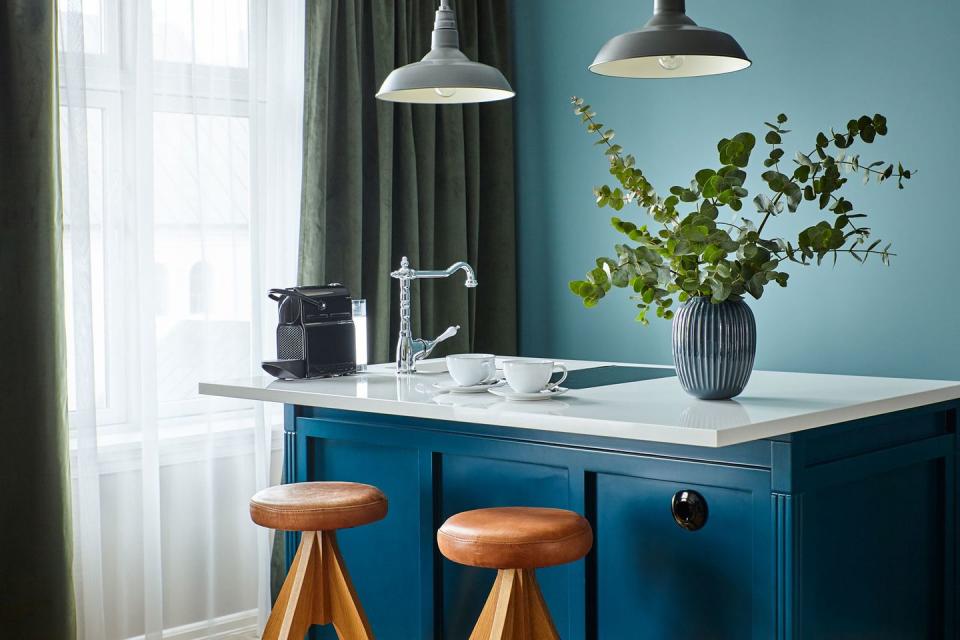
Kvosin means "center" in Icelandic. Appropriately named, this historic building sits in the middle of the city. Each of the rooms is named after a bit of Icelandic culture like Bj?rk and Sleipnir, Odin’s eight-legged horse. “The Kvosin is a very cute and stylishly casual hotel. I love the bar downstairs and their colorful mosaic floor tile,” says Bridges. Its spacious rooms have lofty ceilings and tons of natural light bouncing off the herringbone parquet floors. The large bathrooms are outfitted with white subway tiles and a black gloss skirt.
Konsulat Hotel
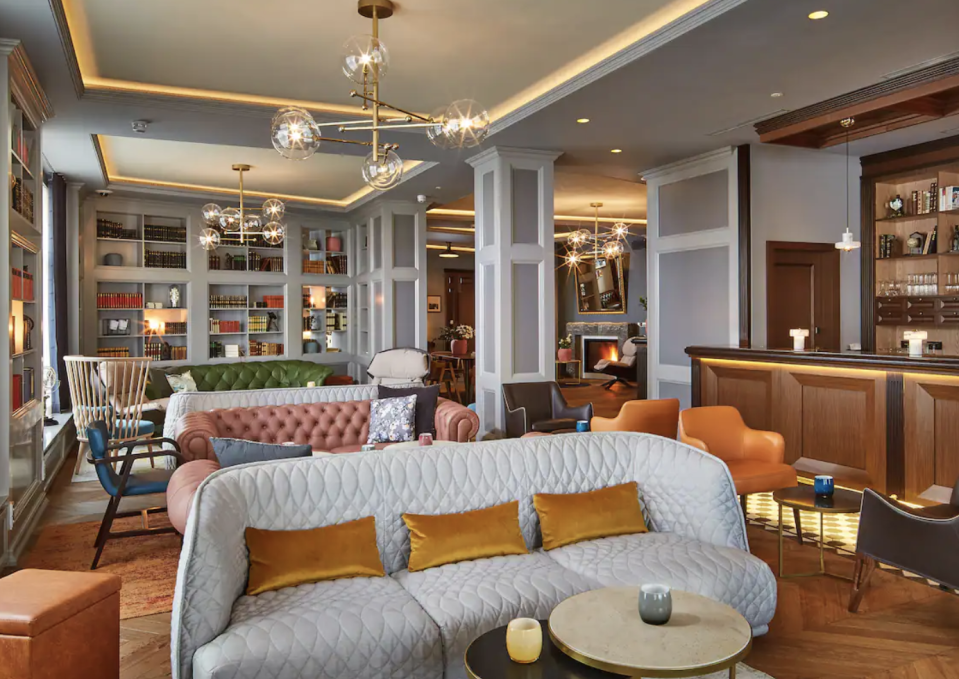
Once home to the first department store in Iceland, the Konsulat Hotel is now part of Hilton’s chic Curio Collection. The hotel’s classic design has Scandinavian touches throughout, with chevron wood floors, brown woven wallpaper, and pops of blue in the pillows and rugs. The bathroom’s mosaic tiles mirror Icelandic knitting patterns, and rooms are decorated with historic photos from the department store shared by the former owner’s grandchildren. “I love going there for afternoon drinks with clients or colleagues in their nice lobby area,” says Olafsdottir. “The breakfast area is also one of the nicest in Reykjavik.”
Where to Eat and Drink
Grillmarkaeurinn
Whale steak is on the menu at this beloved, high-end steakhouse. Spread out over two floors, there are striking Icelandic design features like basalt rock columns and cylindrical basalt hanging light shades. “They have this grand staircase with the cascading Tom Dixon lights, which are a very nice feature,” says Olafsdottir. “Also walls clad with Icelandic fish skin and tree bark.” As for food, the langoustine tempura, prime cuts of beef, and award-winning cocktails are not to be missed.
La Primavera Ristorante
Inside the Marshallhúsie building in Reykjavik’s trendy harbor area is a local favorite. “I love the location and how this old fish storage house has been turned into this amazing restaurant and art space,” says Reykjavik interior designer Hafsteinn Júlíusson. The modern space has polished concrete floors, exposed concrete rafters and an expansive wood bar with a pink neon sign reading “Scandinavian Pain” above it. The menu here is ever-changing, but Júlíusson says great pasta dishes, bufala mozzarella and veal steak are not to be missed.
ROK
Book a table next to the floor-to-ceiling windows at ROK for unparalleled views of Hallgrimskirja, Reykjavik’s famous basalt-columned church. This popular spot has a vibrant atmosphere with exposed wooden ceiling beams and oversized basalt bricks. “It has a black wood exterior and a traditional living turf roof,” says Bridges. “It’s one of my favorite spots for Icelandic small plates. Try the Thai shrimp with corn and coriander.”
Where to Shop
Epal
A mainstay of Iceland’s design world for nearly 50 years, EPAL sells Scandinavian classics recommended by both Júlíusson and Bridges. Sourced from Icelandic and Nordic designers, the various locations carry everything from stylish matte pendants to locally-made alpaca clothing.
Kiosk Grandi
Icelandic fashion is contemporary, cool, edgy, and retro all in one. You’ll find that in spades at Kiosk Grandi. “It’s a co-op store of five Icelandic fashion and jewelry designers that sell their designs in a quirky little fisherman’s shack,” says Olafsdottir. From handmade jewelry to soy wax candles to cotton terry hand towels, it’s one of the trendiest shops in Reykjavik’s Harbour District.
Mikado
Drawing influences from Japan, Scandinavia and Iceland, this new spot hails itself as both a concept store and creative space. Júlíusson loves the store for its smaller emerging brands, while Olafdottir likes to look at its “various curious objects.” Mikado sells 18-karat gold plated teaspoons, print art from graphic designers, perfume and just about everything in between. Whether you browse or buy, it’s a stylish store well worth exploring.
Where to Explore
Rainbow Road
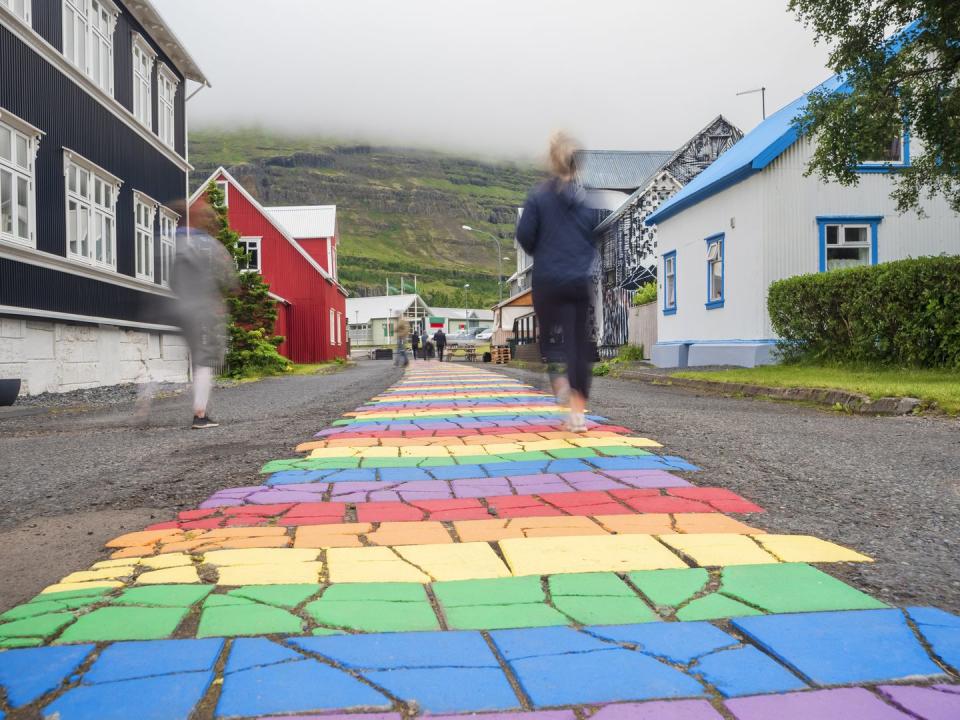
Brighten up your day with a walk up Skólav?reustígur, also known as Rainbow Street, stopping at women-owned ceramic stores, art galleries, and quirky cafes. At the end is the city’s most famous landmark, Hallgrimskirja church. On a clear day, buy an $8 ticket for the elevator and take in views of the entire city from its highest point.
Take A Dip
Icelanders love a good soak. For a chance to mingle with the locals, there are seven public thermal pools in the city, most of them outdoors. Icelanders come year-round to exercise or relax in the geothermal water. Fees here are minimal, so they make a great alternative to the pricier spas frequented mostly by tourists outside the city center.
Reykjavík Art Museum Hafnarhús
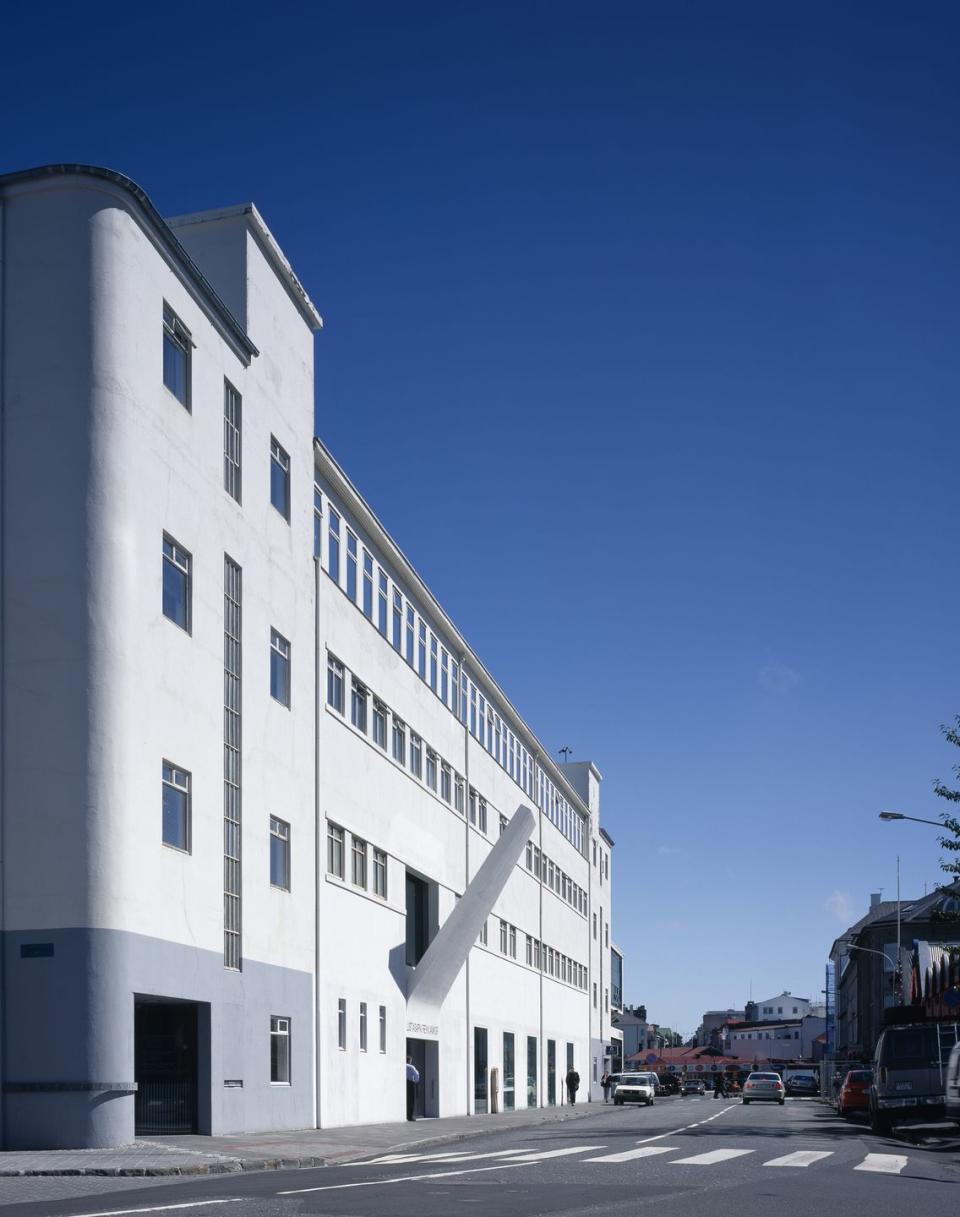
Known for its expertly curated, unconventional museums, including one of the phallic kind, Reykjavik has over 60 museums, exhibit spaces and art galleries to explore. Júlíusson insists the Reykjavik Art Museum always has something nice to see. The country’s largest art museum showcases historical and contemporary Icelandic art, making it a beautiful window into this ancient culture.
Follow House Beautiful on Instagram.
You Might Also Like